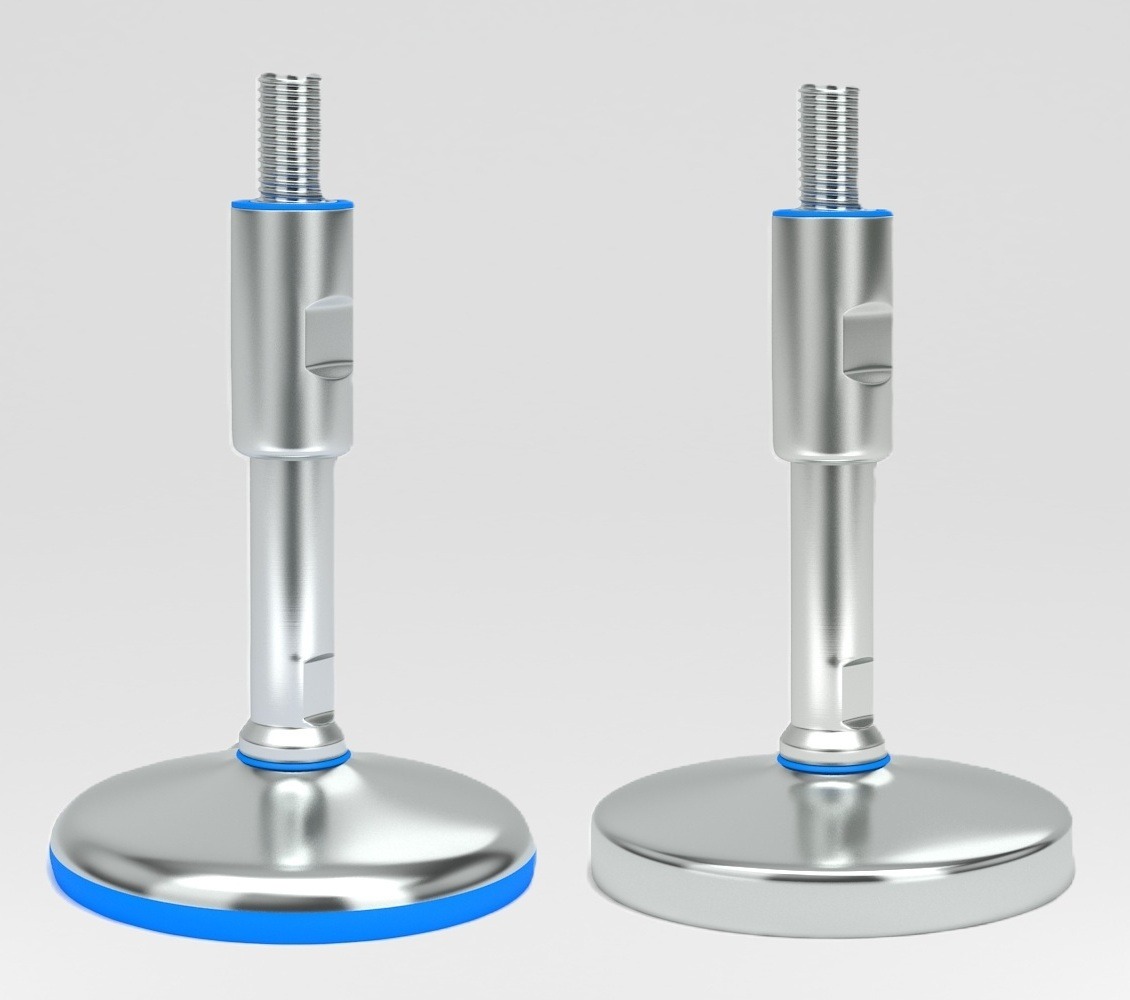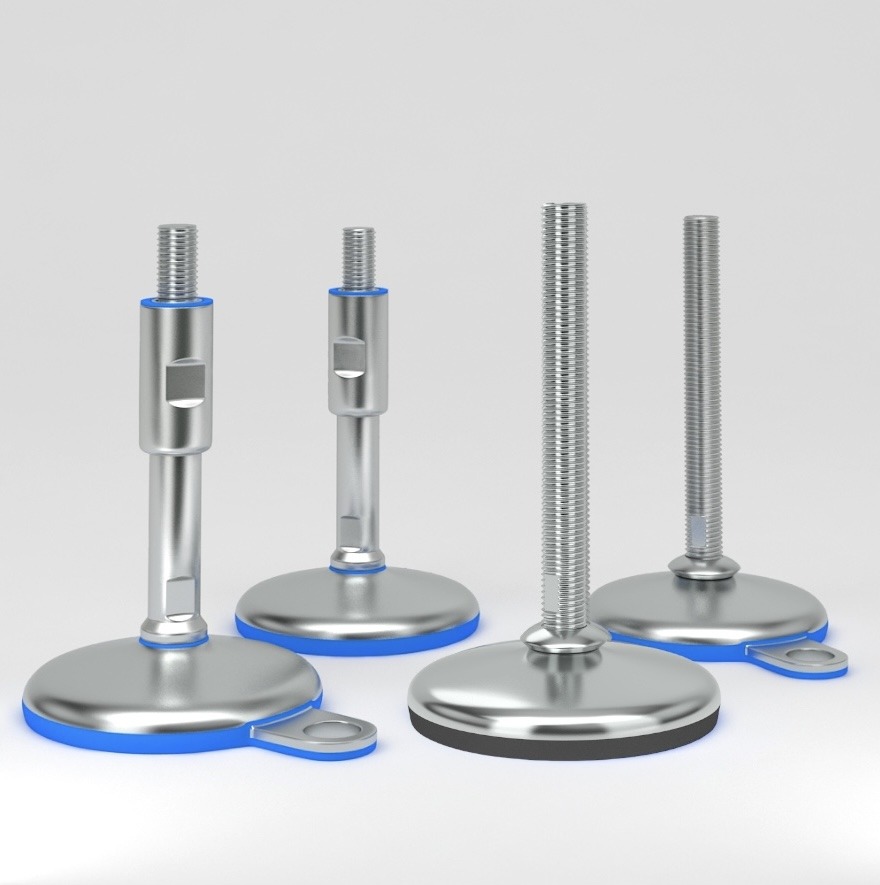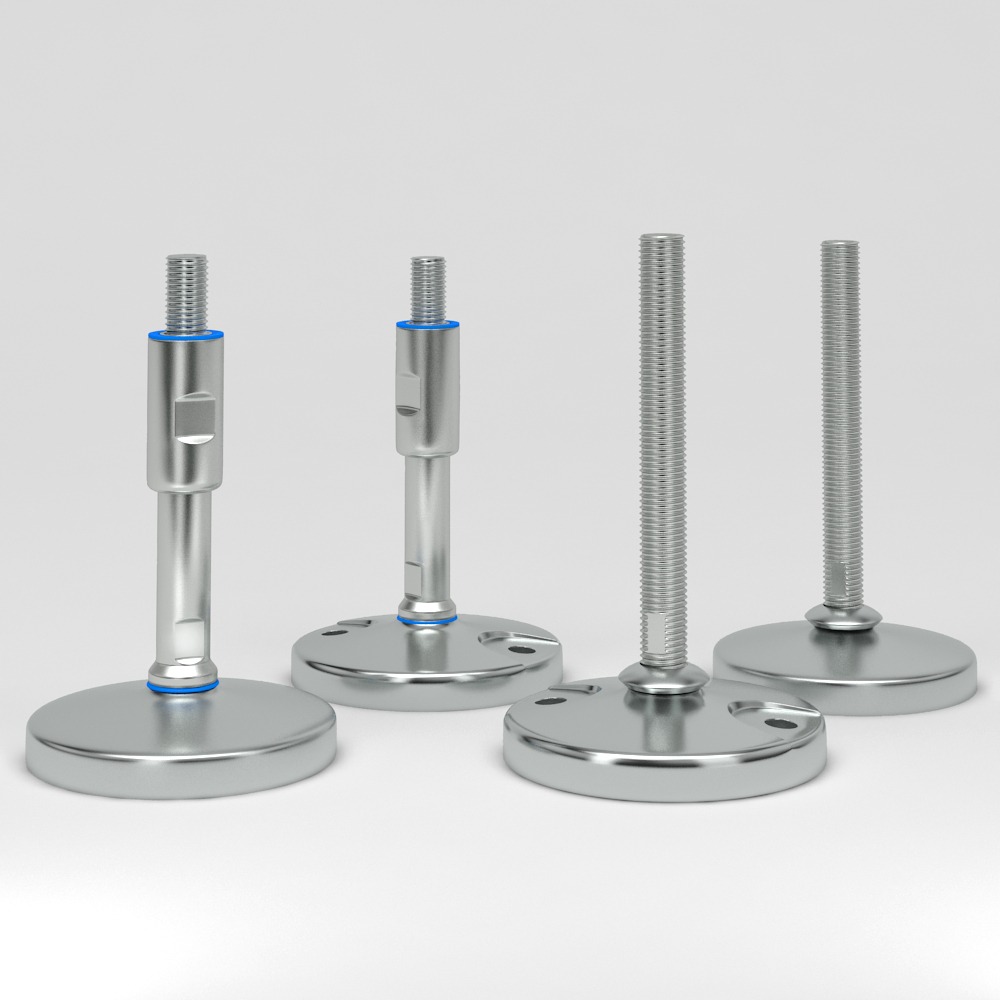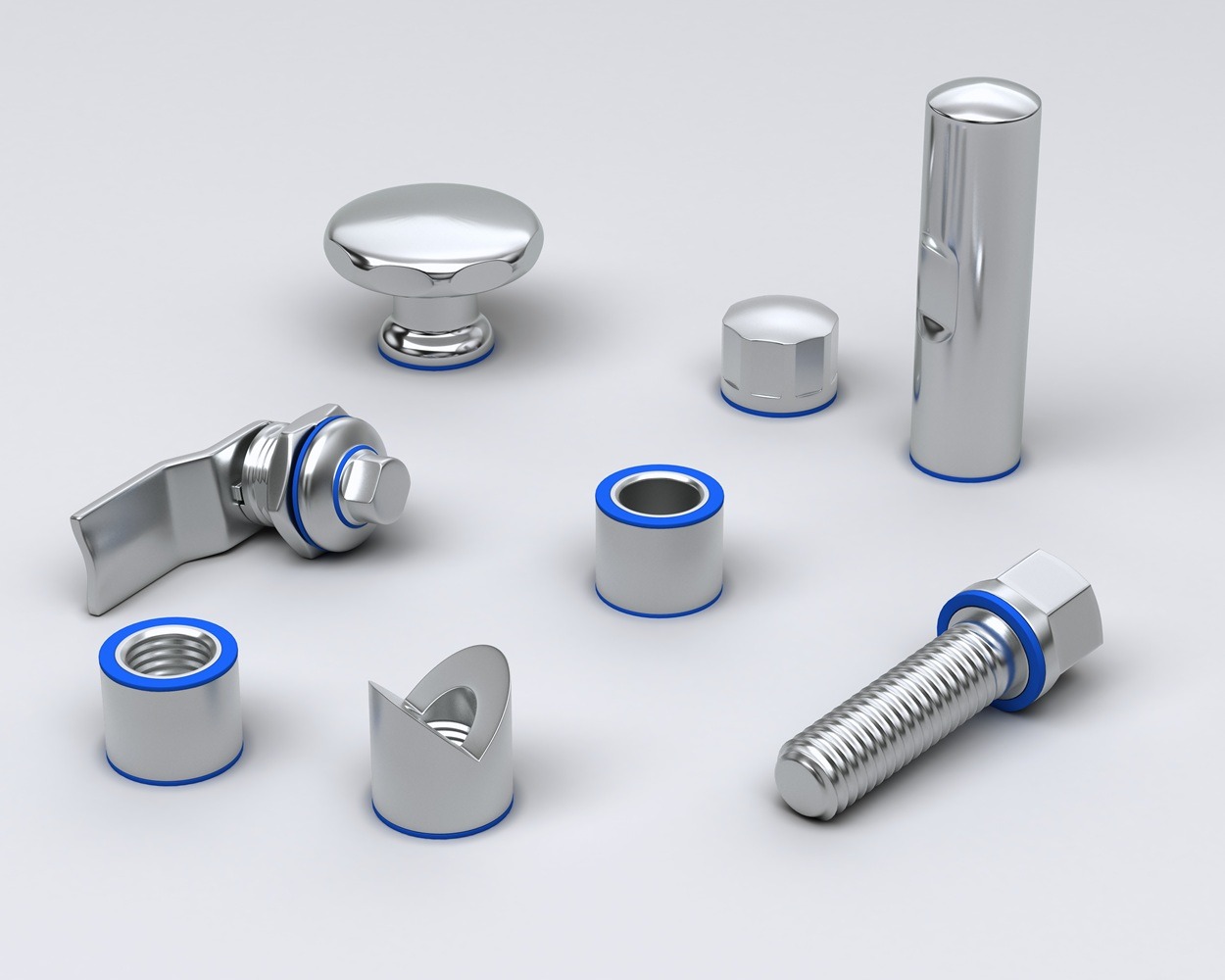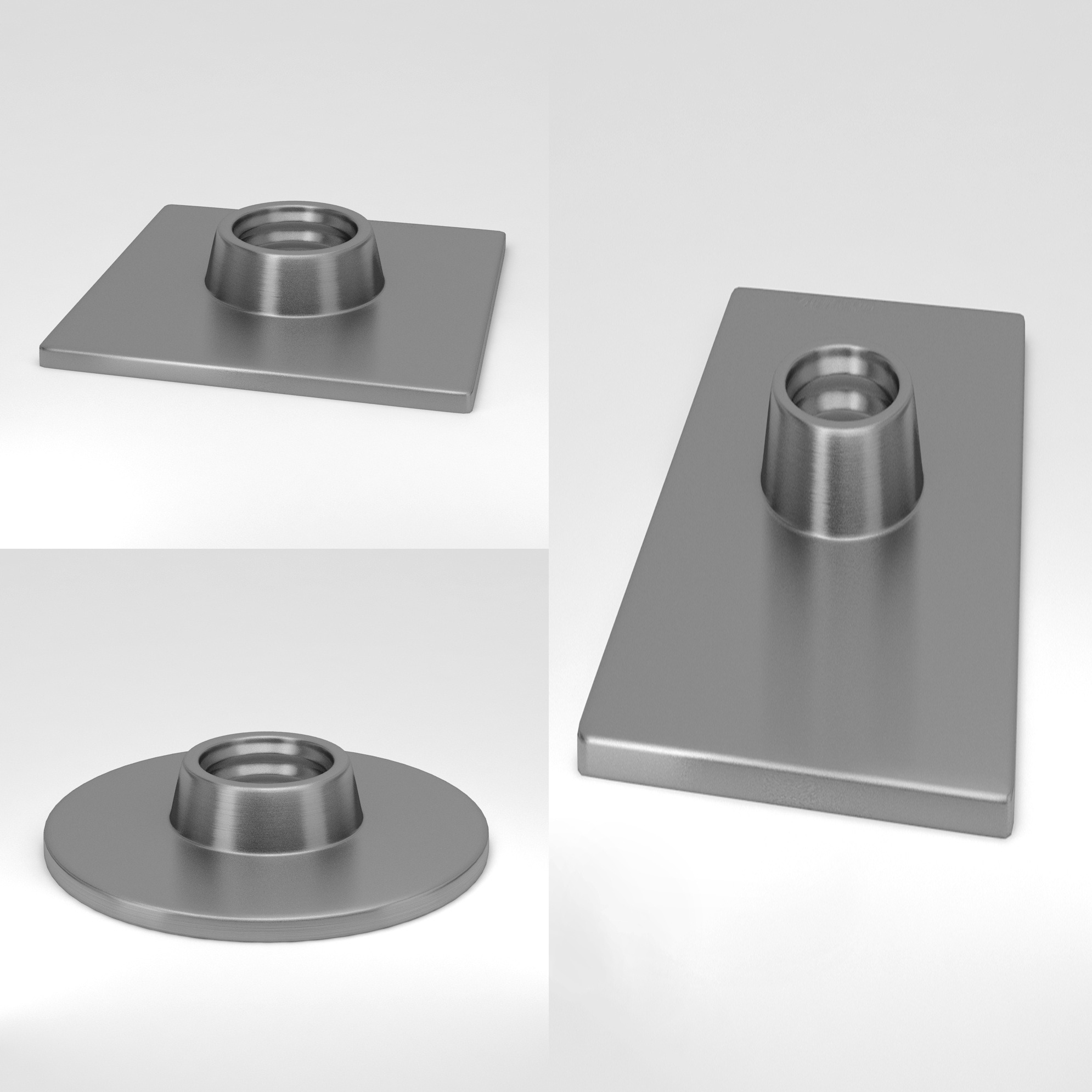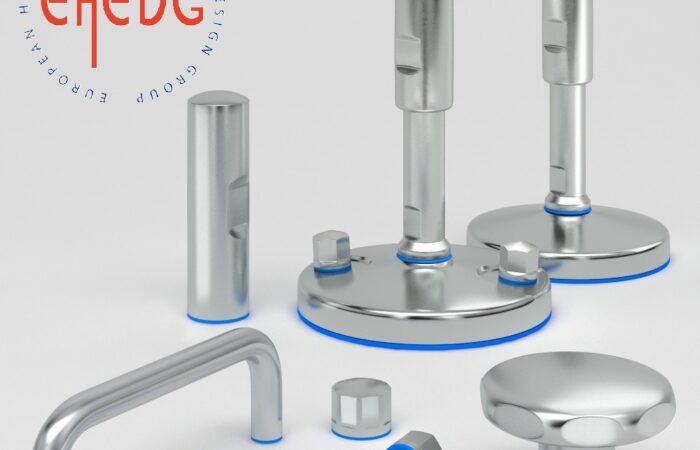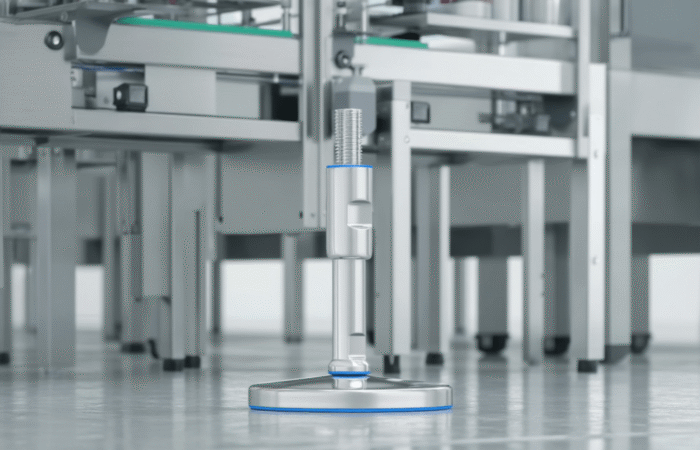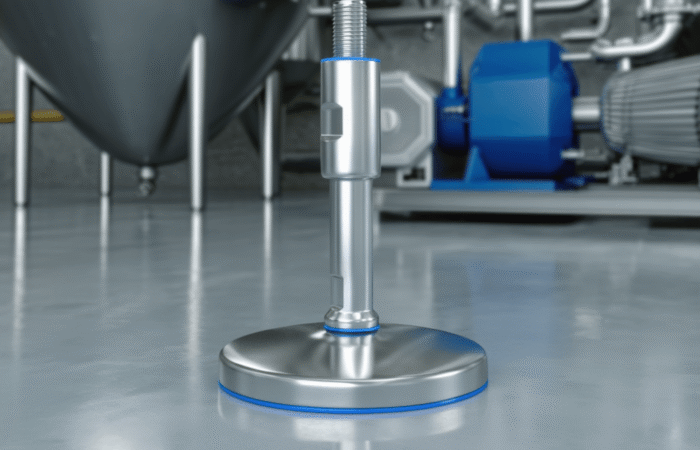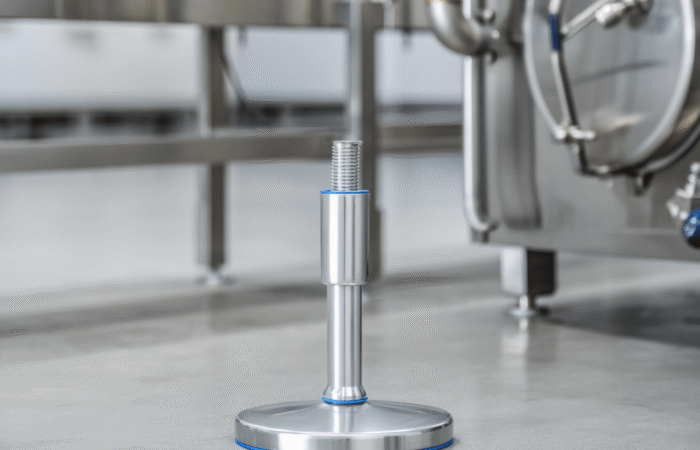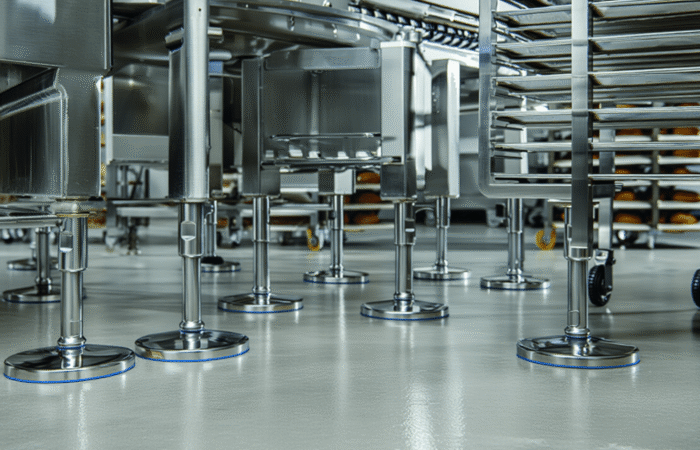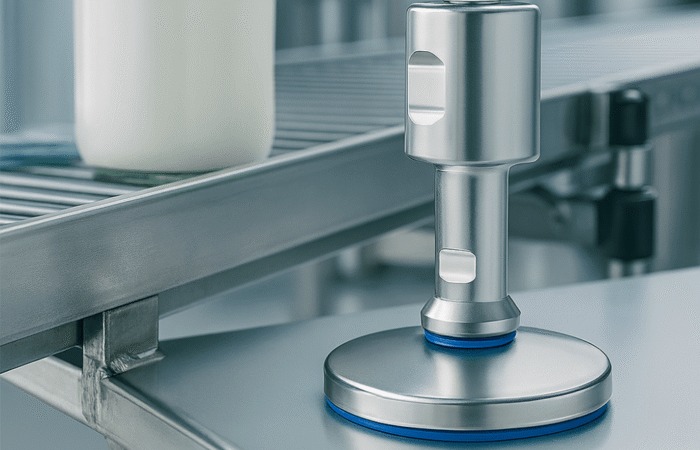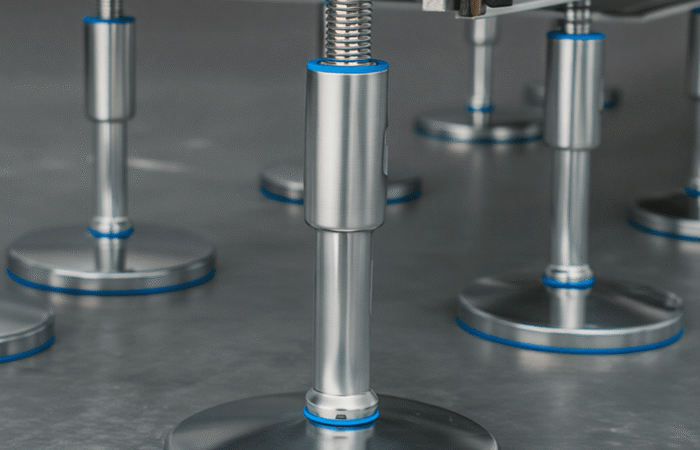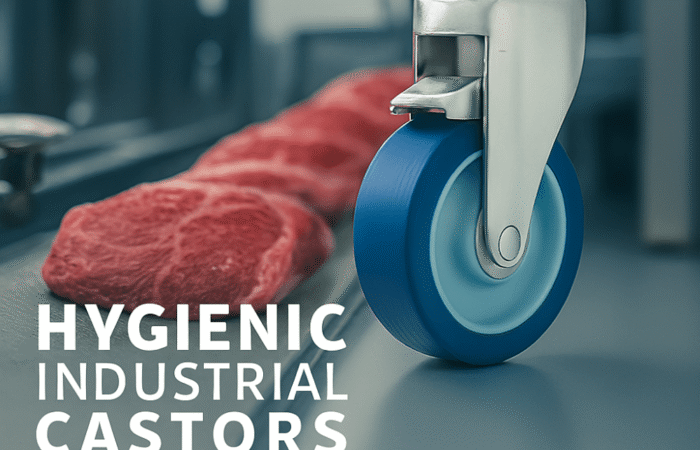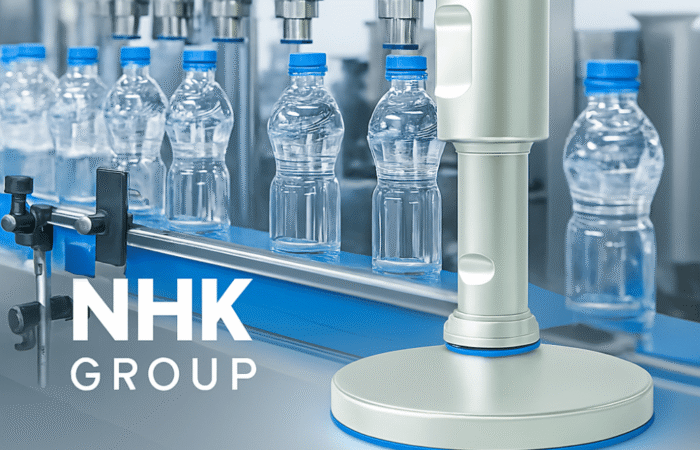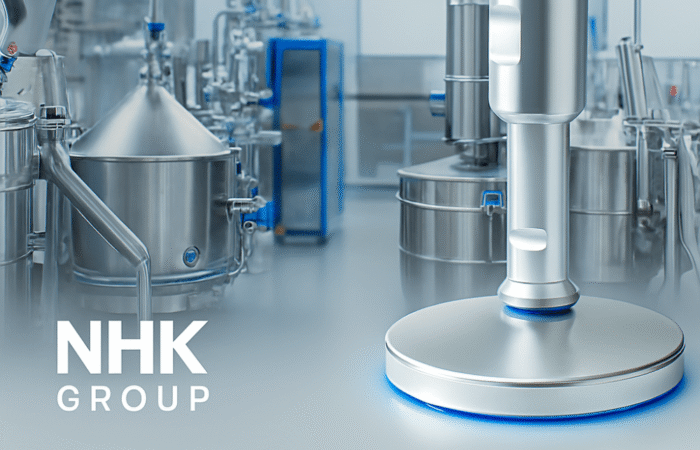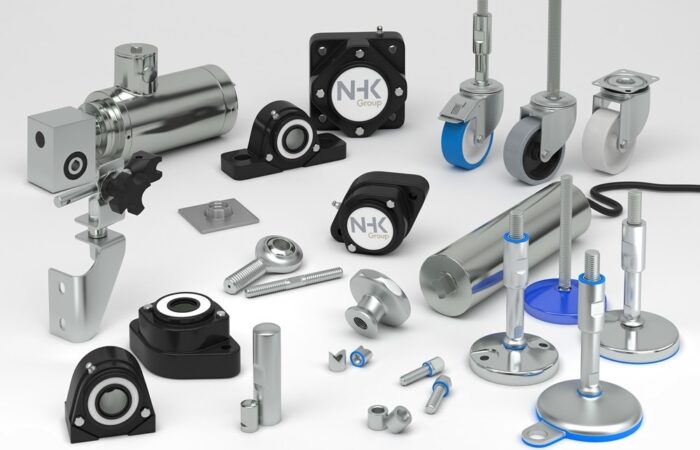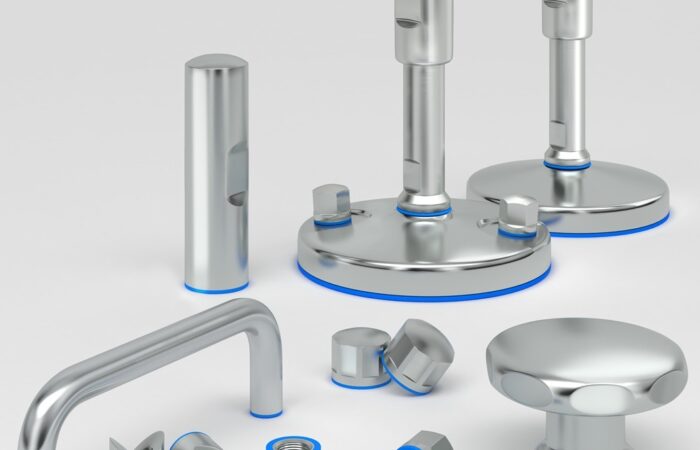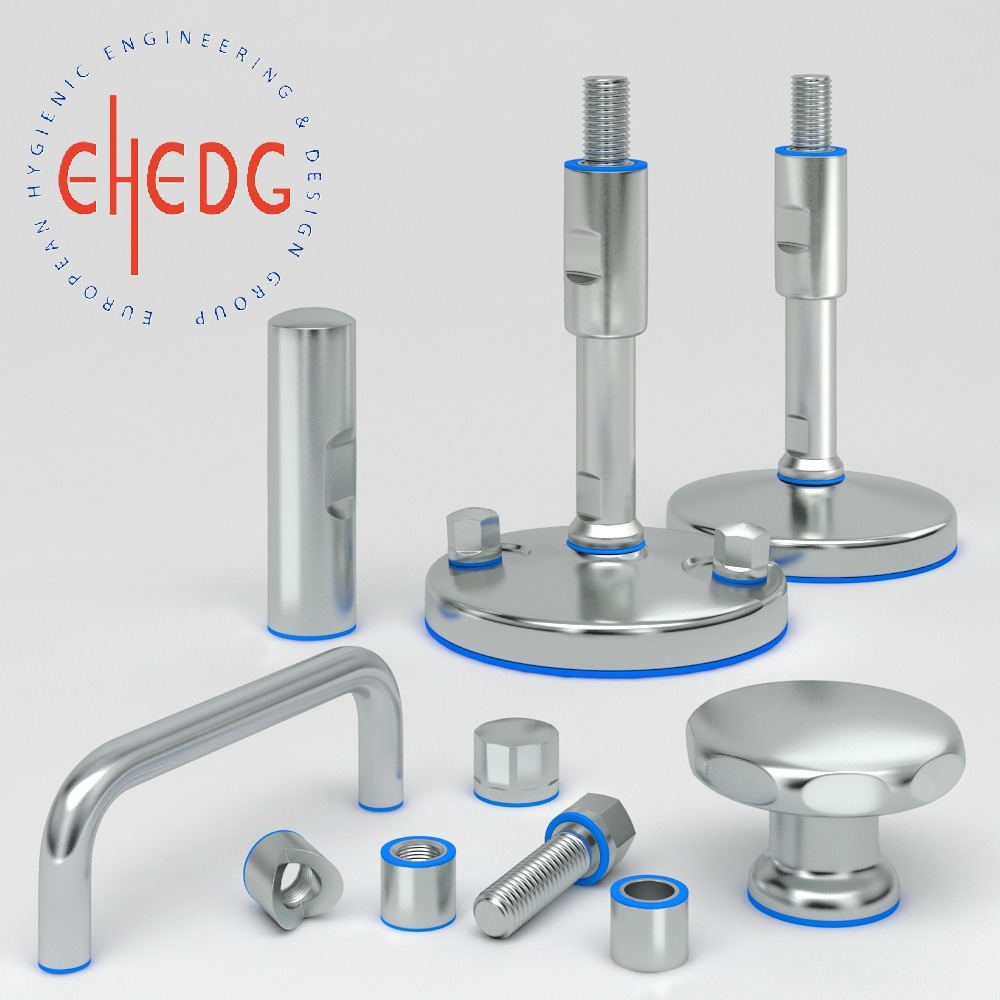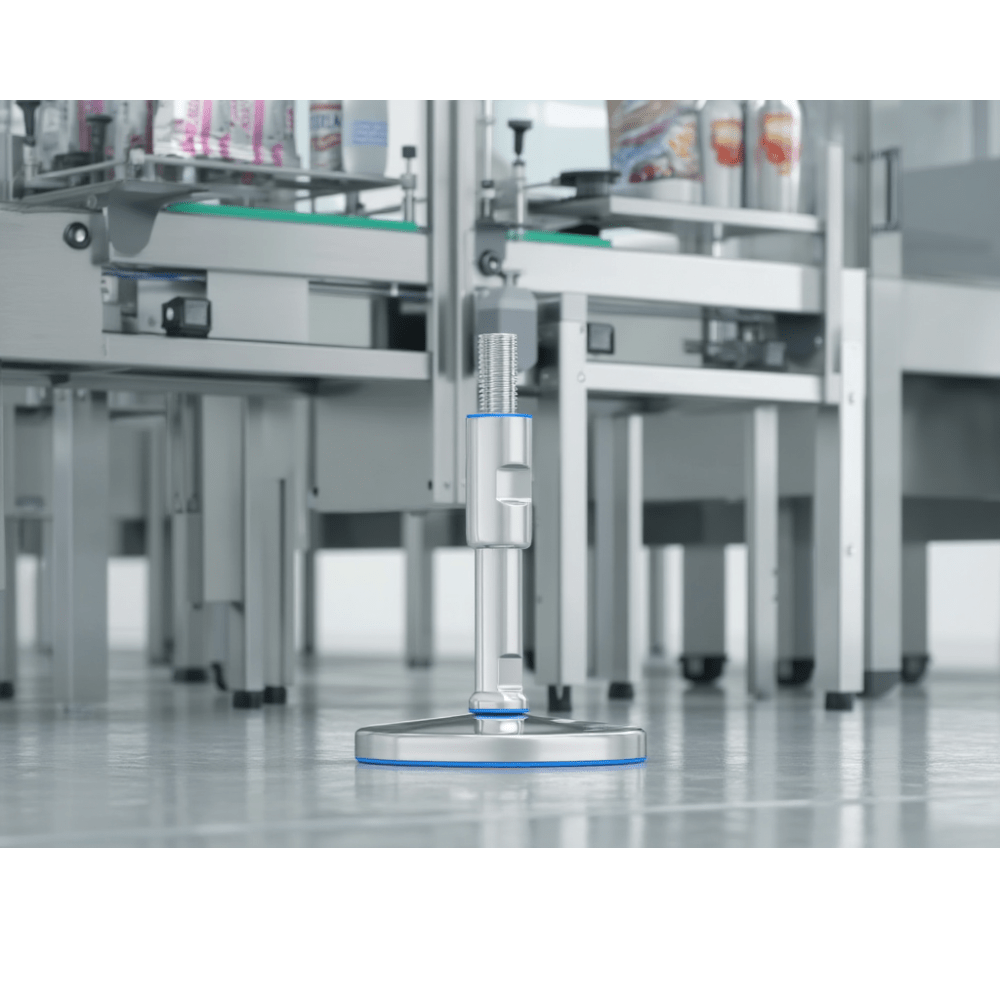Stainless Steel Machine Leveling Feet
In industrial settings, the stability and longevity of machinery are paramount. A critical component ensuring this stability is the machine leveling foot. When selecting the appropriate leveling foot, especially in stainless steel variants, it’s essential to consider the base design—specifically, whether to opt for a rubber-vulcanized base or a solid stainless steel base. This article delves into the experience, expertise, authoritativeness, and trustworthiness (E-E-A-T) aspects of both types to guide your decision-making process.
Get our catalogue here
See our product line here
Rubber-vulcanized base leveling feet feature a solid rubber pad permanently bonded to the metal plate. This design offers several advantages:
- Vibration Damping: The rubber pad effectively absorbs vibrations, reducing noise and preventing the transmission of vibrations to the floor. This is particularly beneficial in environments with sensitive equipment or where noise reduction is crucial.
- Enhanced Grip: The rubber base provides excellent surface grip, preventing machinery from slipping, especially on smooth or slippery surfaces.
- Floor Protection: The soft rubber material minimizes the risk of scratching or damaging floor surfaces, maintaining the integrity of both the equipment and the facility.
Solid base leveling feet are constructed entirely of stainless steel without any additional padding. Their design is tailored for specific applications:
- High Load Capacity: The robust construction of solid base feet offers superior stability and support for heavy machinery, ensuring even weight distribution and reducing the risk of equipment tipping or shifting.
- Durability: Stainless steel’s inherent properties provide exceptional resistance to corrosion and wear, making these feet ideal for harsh industrial environments.
- Hygienic Design: The smooth, non-porous surface of stainless steel is easy to clean and sanitize, making solid base feet suitable for industries with stringent hygiene standards, such as food processing and pharmaceuticals.
Authoritativeness in Application
The choice between rubber-vulcanized and solid base leveling feet should be guided by the specific requirements of your application:
- Vibration-Sensitive Environments: For settings where vibration reduction is critical—such as laboratories, precision manufacturing, or environments housing sensitive equipment—rubber-vulcanized feet are advantageous due to their damping properties.
- Heavy Machinery: In industries like automotive manufacturing or heavy equipment production, where machinery is substantial and operates under significant loads, solid base leveling feet provide the necessary support and stability.
- Hygienic Applications: Industries that prioritize cleanliness, including food and beverage production or pharmaceuticals, benefit from the easy-to-clean nature of solid stainless steel feet, ensuring compliance with health and safety regulations.
Trustworthiness and Compliance
When selecting leveling feet, it’s essential to consider compliance with industry standards:
- Certifications: Ensure that the leveling feet meet relevant industry certifications, such as EHEDG or USDA certificates especially for applications in hygienic environments.
- Material Standards: Verify that the stainless steel used conforms to industry standards (e.g., AISI 304 or AISI 316) to guarantee durability and corrosion resistance.
Selecting the appropriate stainless steel machine leveling foot—whether with a rubber-vulcanized base or a solid base—depends on various factors, including load requirements, environmental conditions, and industry-specific standards. By considering the experience, expertise, authoritativeness, and trustworthiness aspects outlined above, you can make an informed decision that ensures the stability, safety, and longevity of your machinery.
